 Kent Coast Sea Fishing Compendium |
Views of Dover Harbour |
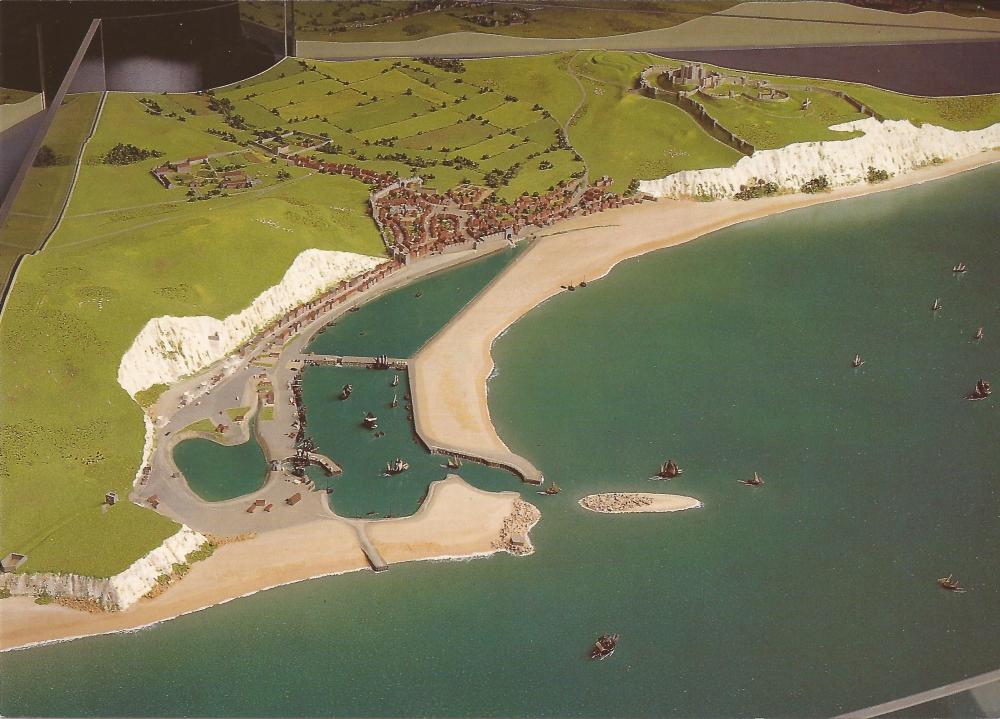
In 1595 new harbour works had been completed forming three great basins
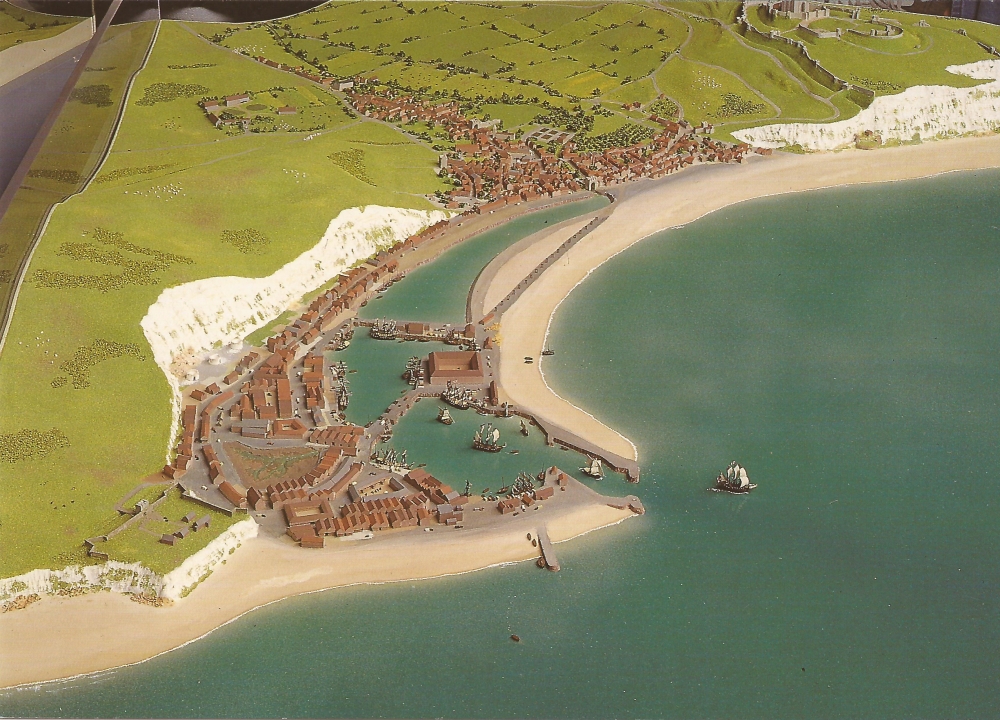
By 1750 a busy commercial area had developed around the harbour basins formed in 1595
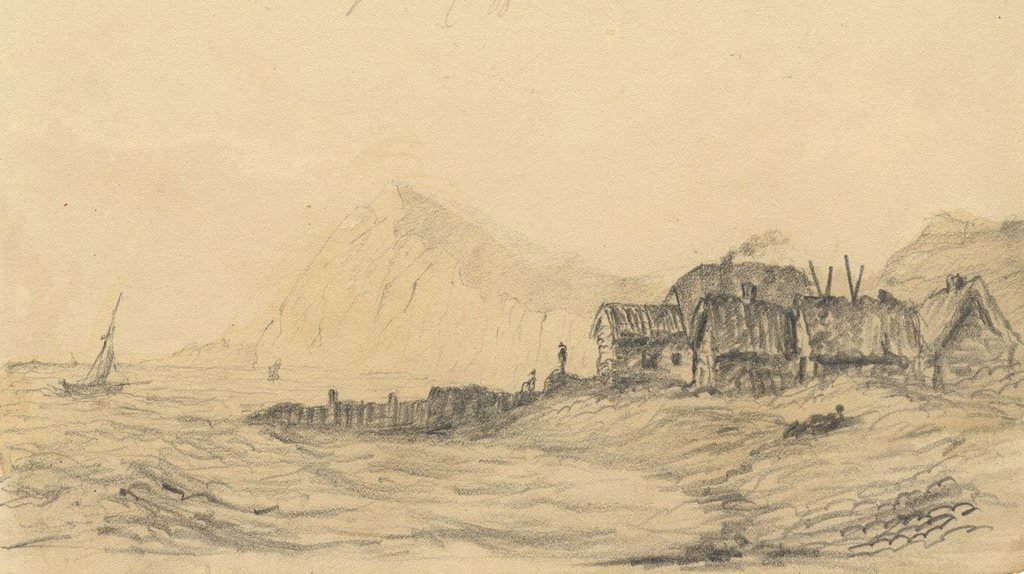
Shakespear Cliff, Dover
Graphite drawing by Alfred Swaine Taylor (1833)
Alfred Swaine Taylor held a professorship at Guy's Hospital from 1831 until 1877, during which time he became one of the foremost authorities on medical jurisprudence. He published works on forensic medicine, with a particular focus on poisons, achieving renown as the leading toxicologist in the country. He was much in demand as a witness in criminal investigations, and is remembered for his involvement in celebrated murder trials, including those of Drory, and the poisoners Tawell, Palmer, Smethurst and Catherine Wilson.
Born at Northfleet in Kent, Alfred Swaine Taylor was the eldest son of Thomas Taylor, a captain in the East India Company's fleet and his first wife, Susan Mary, daughter of Charles Badger of Kent. Aged sixteen he was apprenticed to a practitioner near Maidstone, then in 1823 he entered the united Medical School of Guy's and St Thomas's Hospitals. He paid a visit to Paris in 1825, returning to receive the prize for anatomy at St Thomas's. After qualifying in 1828, he was again drawn to Paris to attend the lectures of Orfila, Dupuytren, and Gay-Lussac. He made a brief geological survey of Auvergne and visited the Montpellier School before making an adventurous voyage to Naples, where he stayed for nine months and published two papers in Italian. His homeward journey on foot across the Continent took him to no fewer than eight medical schools. Taylor spent the winter of 1829-30 studying at Guy's. In 1830 a stay in Paris, at the time of the Revolution, enabled him to watch the treatment of battle wounds by Manec and Misfranc. Then in 1831 the still young Taylor took up the professorship at Guy's.
Taylor produced books on medical jurisprudence which would become regarded both by lawyers and by physicians as standard works in his lifetime. The mid-19th century saw Taylor at the height of his career; he became a licentiate of the Royal College of Physicians in 1849, was awarded the Swiney Prize for his publications on Medical Jurisprudence in 1859 and published many more books and reports.
During the 1840s, Taylor was very taken with the new art/science of 'photogenic drawing' being pioneered by William Henry Fox Talbot in 1839. Taylor began his own experiments and hit upon the use of hyposulphate of lime as a 'fixer', and recommended ammonia nitrate of silver rather than chloride of silver as a sensitiser. He published his findings in 1840 in a pamphlet, and shared his interest and discoveries with others, including chemist Michael Faraday and photographer John Werge.
In 1834 Taylor married Caroline, daughter of John Cancellor, a London stockbroker, by whom he had one daughter. He died at Regent's Park, London in 1880.
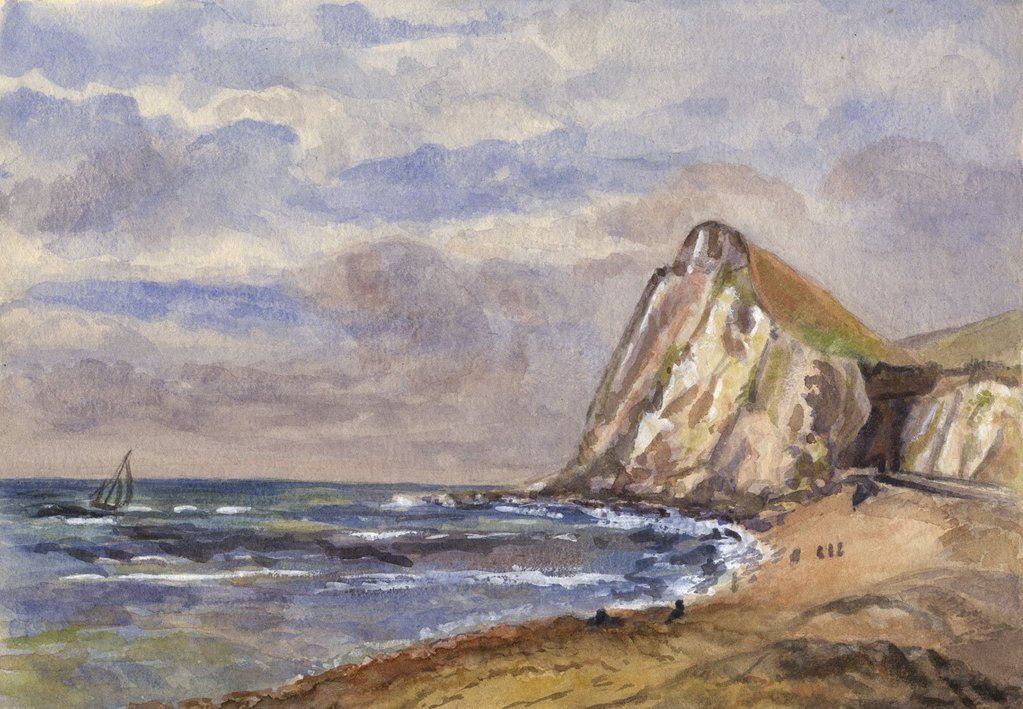
Shakespeare Cliff, Dover (1897)
Margaret Capel Cure (watercolour 17.6cm x 25.3cm)
Margaret Capel Cure, daughter of Reverend Laurence George Capel Cure and Augusta Elizabeth Smith (daughter of Sir Charles Joshua Smith 2nd Bt) whose family home was the rectory at Abbess Roding in Essex.
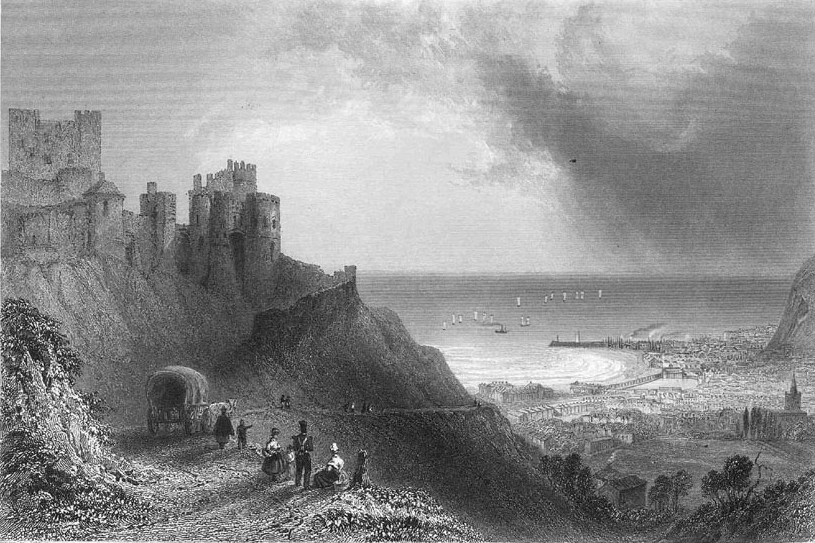
Dover (from the Ramsgate Road)
Drawn by W H Bartlett, engraved by R Wallis and published by George Virtue in 1842
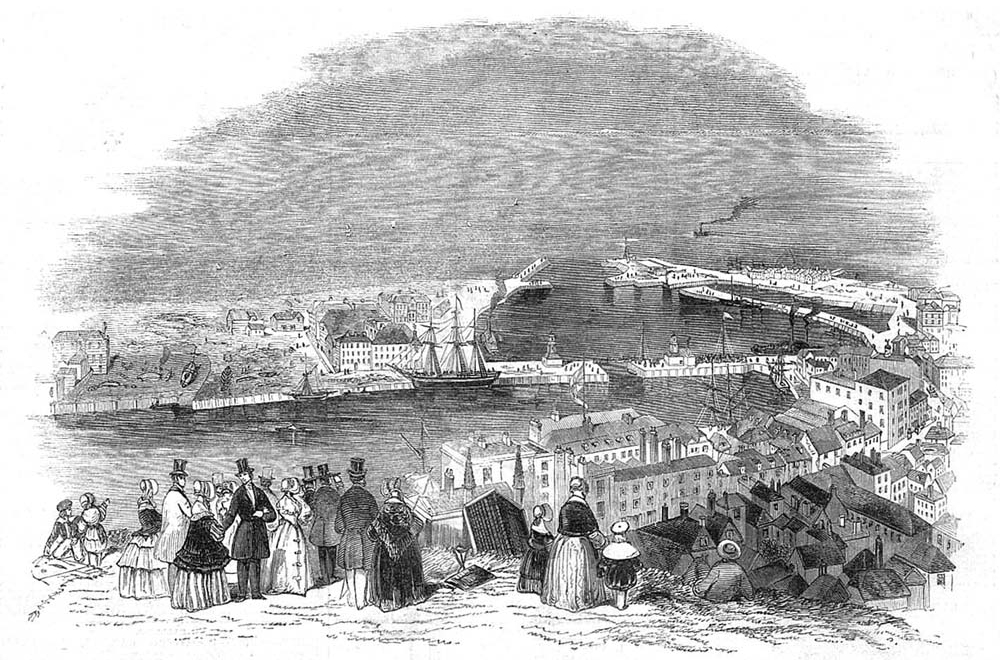
The Pictorial Times, 1846
The Harbour of Dover from the Western Heights
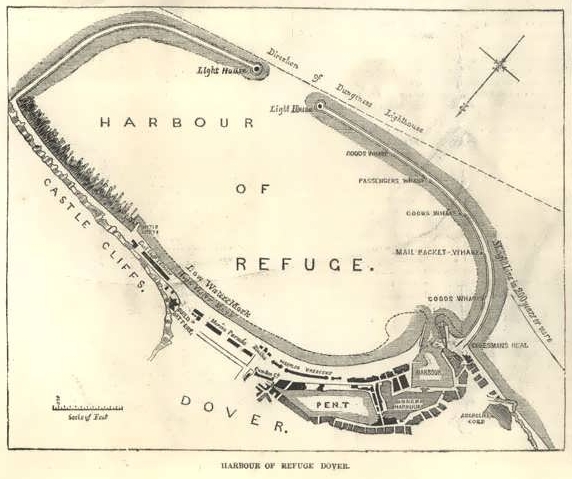
The Pictorial Times, 1846
We understand it to be the intention of Government to proceed immediately with the construction of a harbour of refuge at Dover … The completion of the North Kent line to Dover will, in conjunction with this harbour, put the Government in entire command of the Channel.
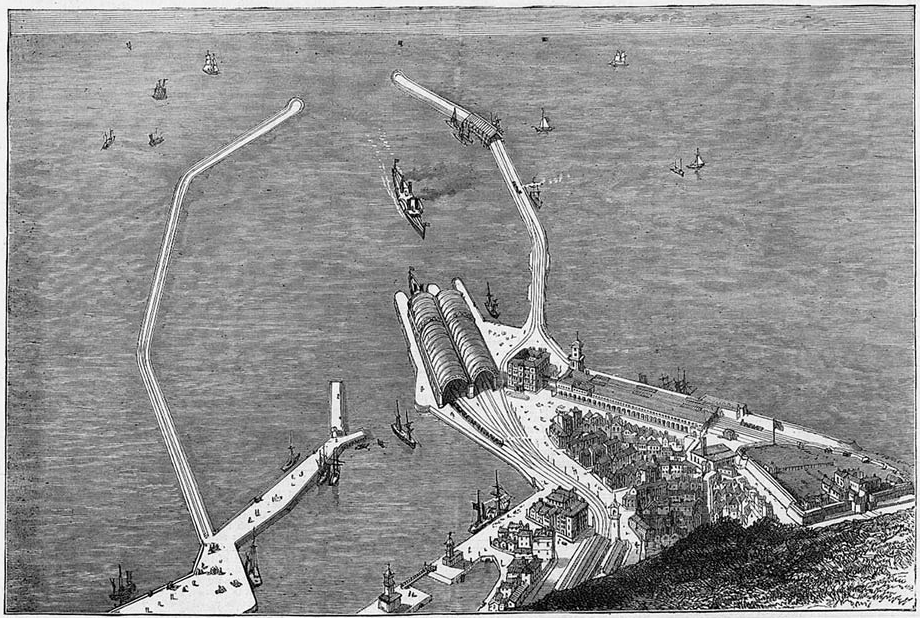
The Graphic, 1872
Dover Channel Ferry: bird's-eye view of proposed harbour & water station
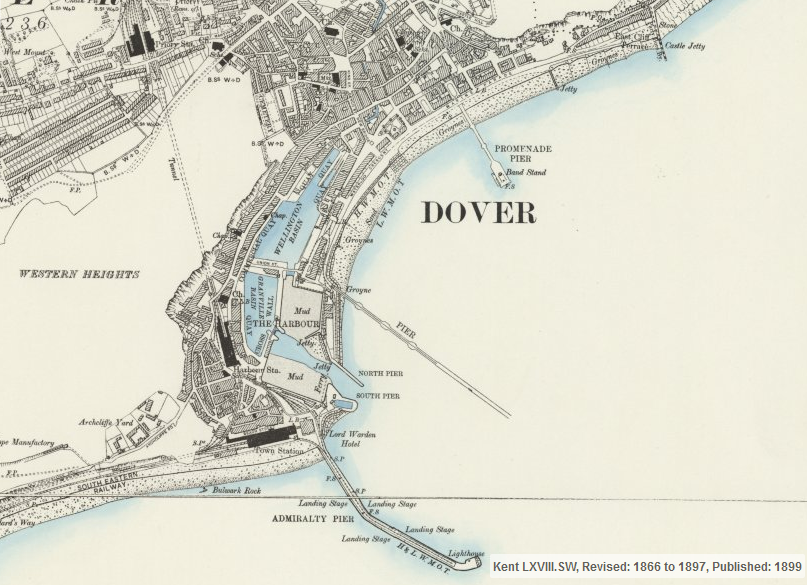
1899: Dover Harbour
Ordnance Survey six inch
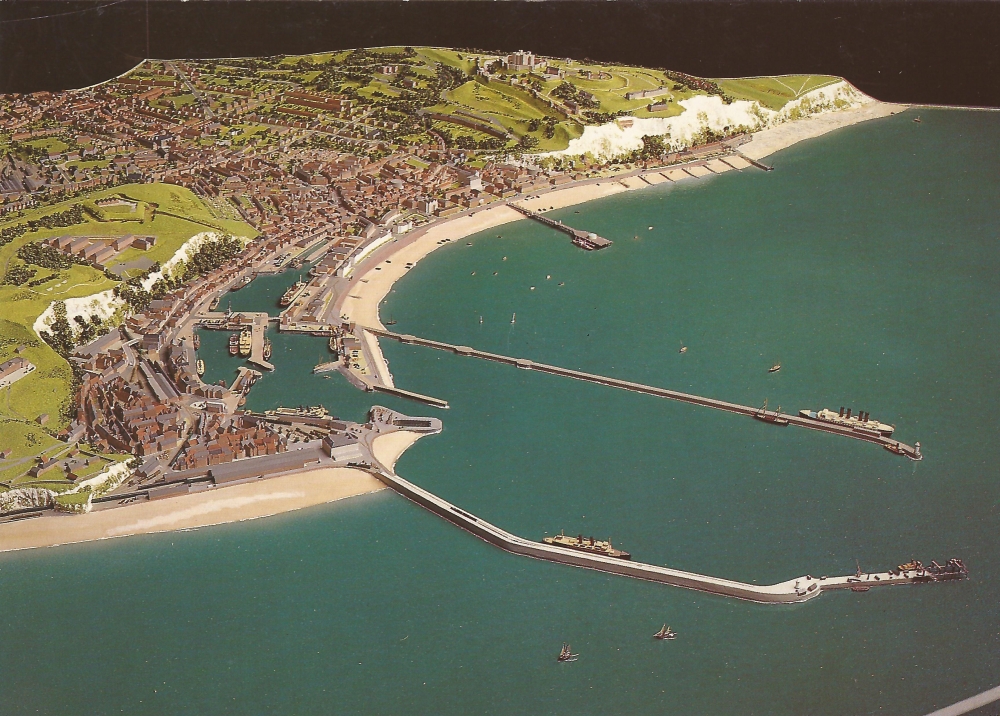
1900: Victorian development swept away all remains of the medieval town and by 1900 a "Harbour of Refuge" began to take shape with huge piers and breakwaters forming an artificial sheltered anchorage of 610 acres
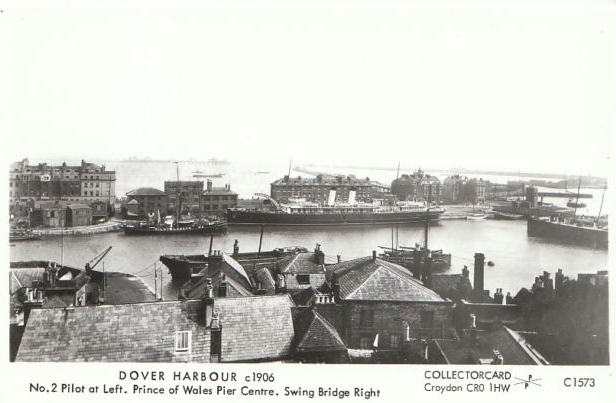
Dover Harbour circa 1906
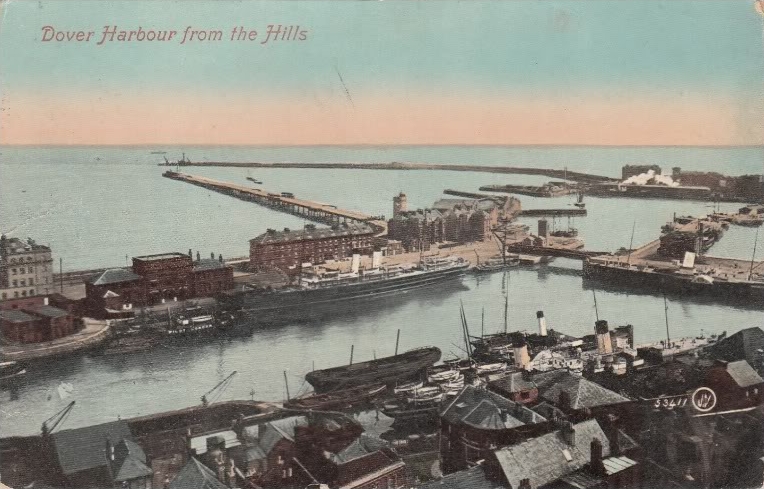
Dover Harbour from the Hills (1908)
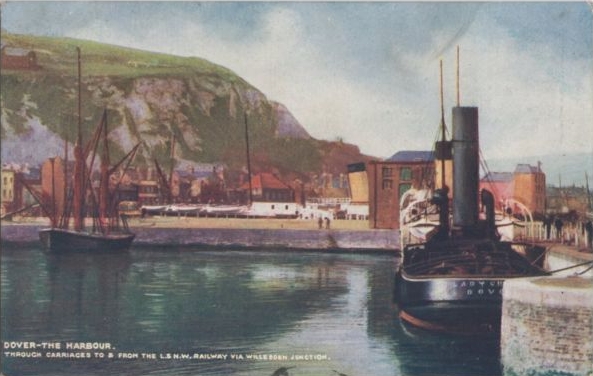
Dover - The Harbour (1908)
Through carriages to & from the L. & N.W. Railway via Willesden Junction
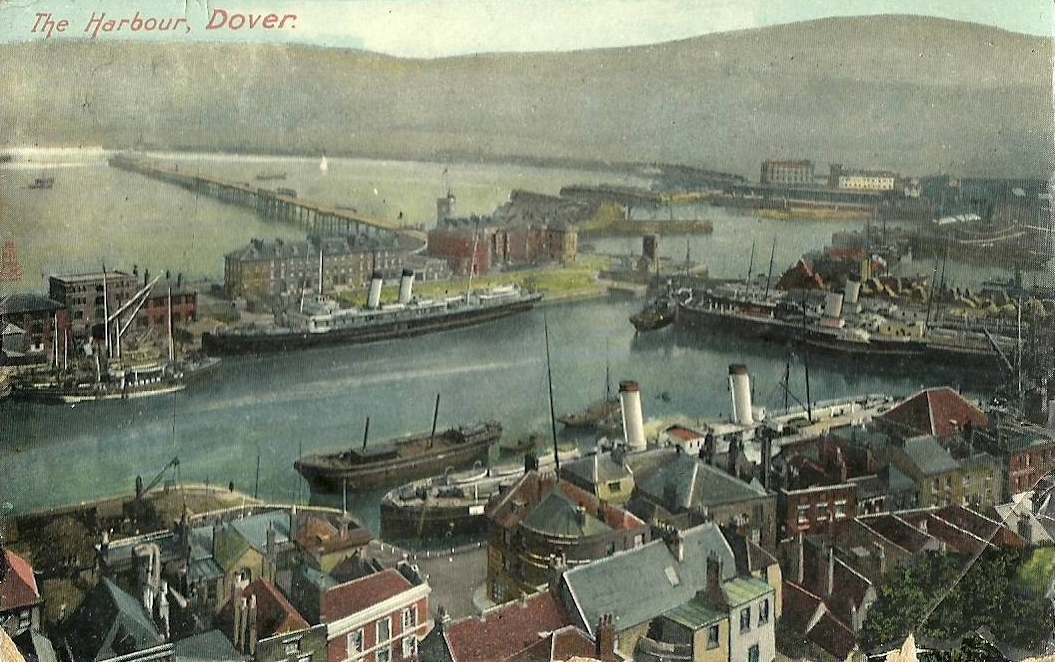
The Harbour, Dover (1909)
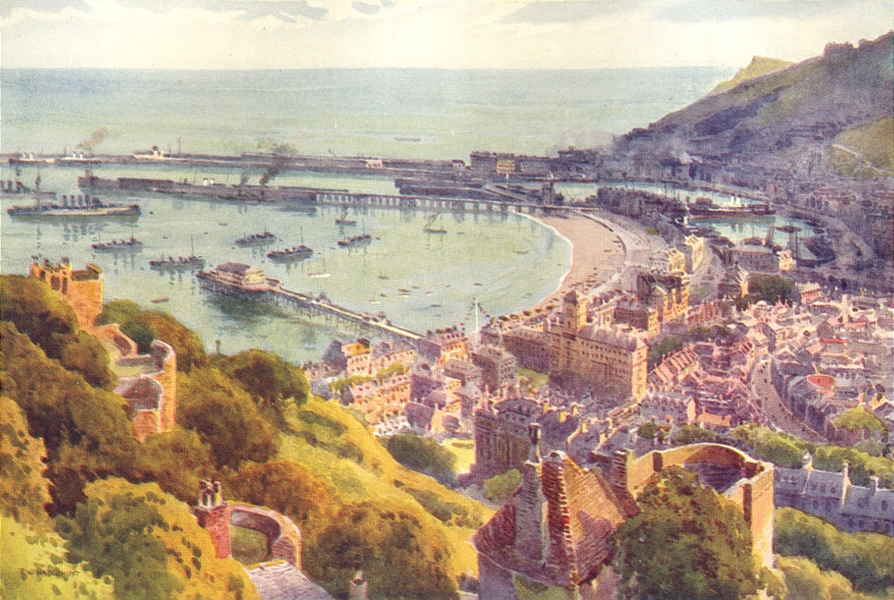
Dover Harbour 1920
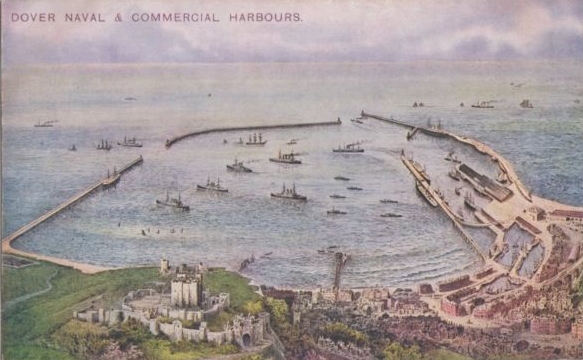
Dover Naval and Commercial Harbours (1920)
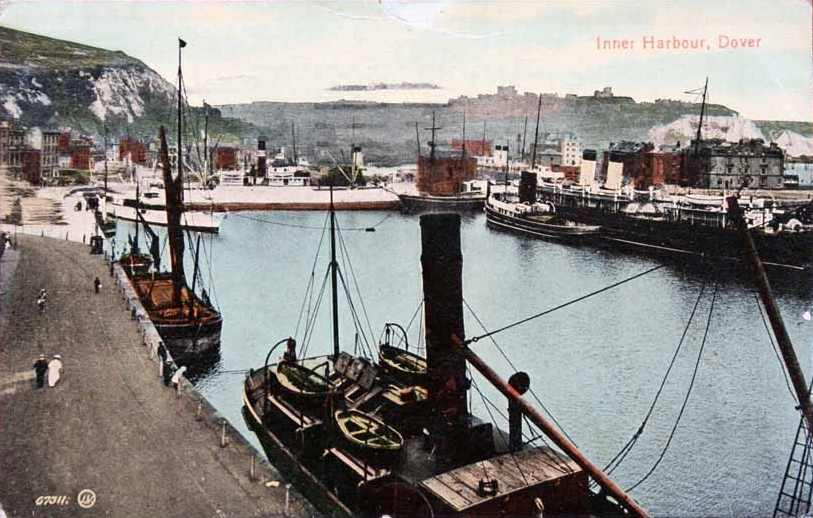
Inner Harbour, Dover (1923)
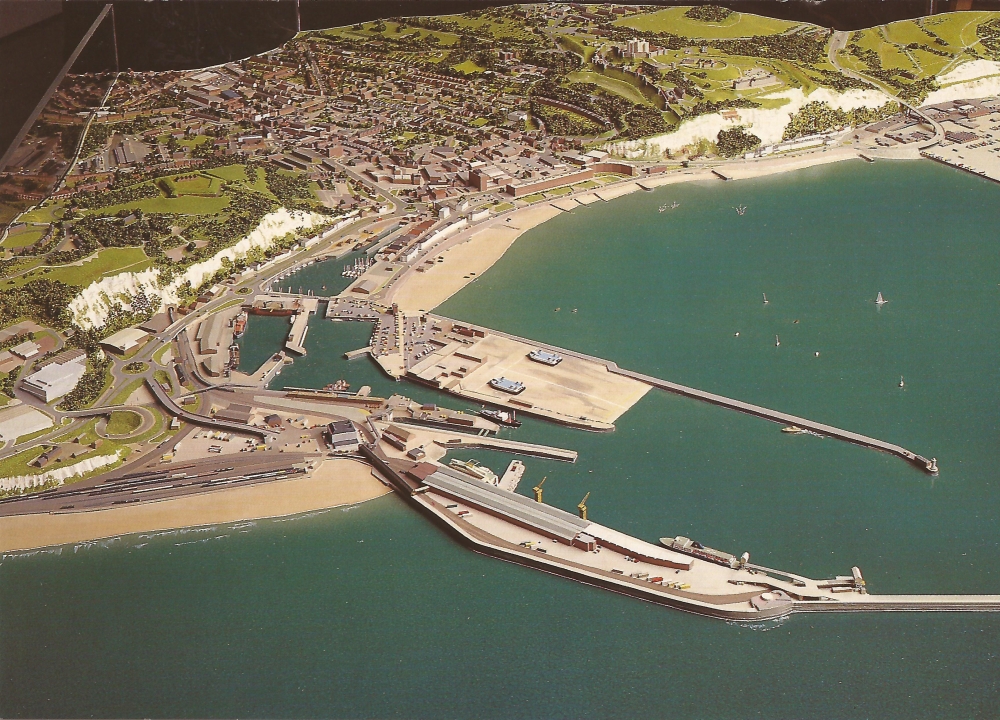
1990: Dover's great harbour was complete by the First World War. The first car ferry service began in 1925; the first train ferry in 1936. Dover is now one of the busiest ferry ports in the world. During the Second World War shelling and bombing destroyed much of the town and there has been much post-war rebuilding